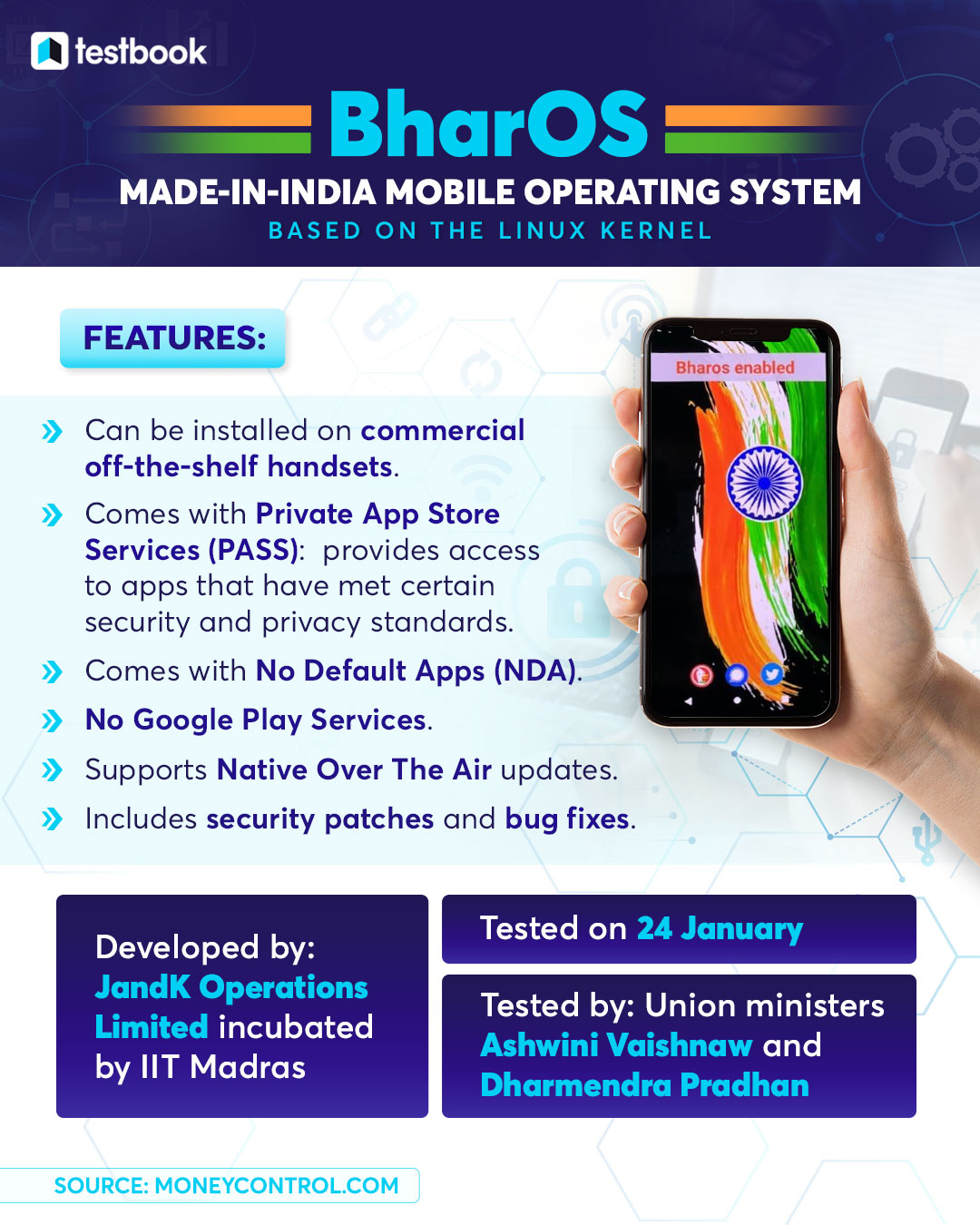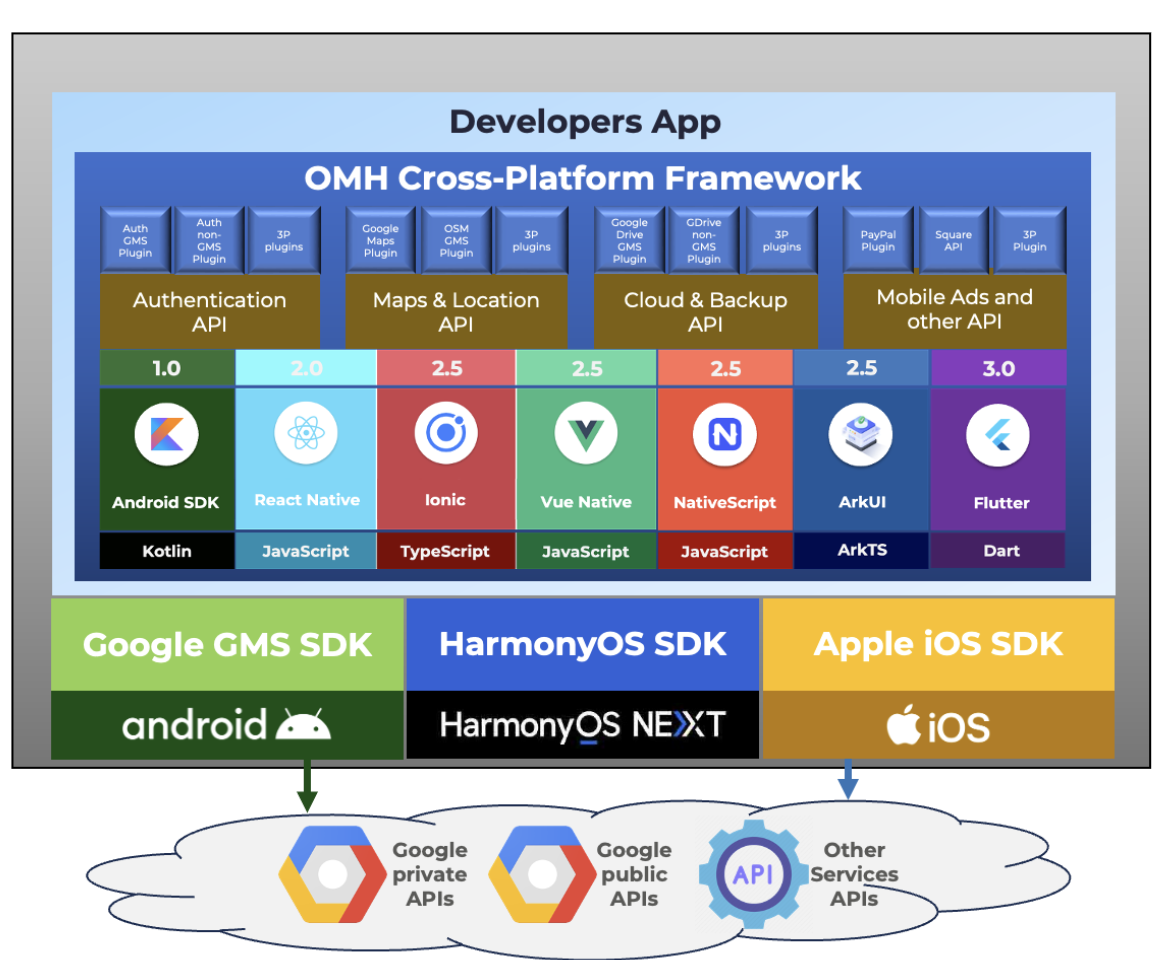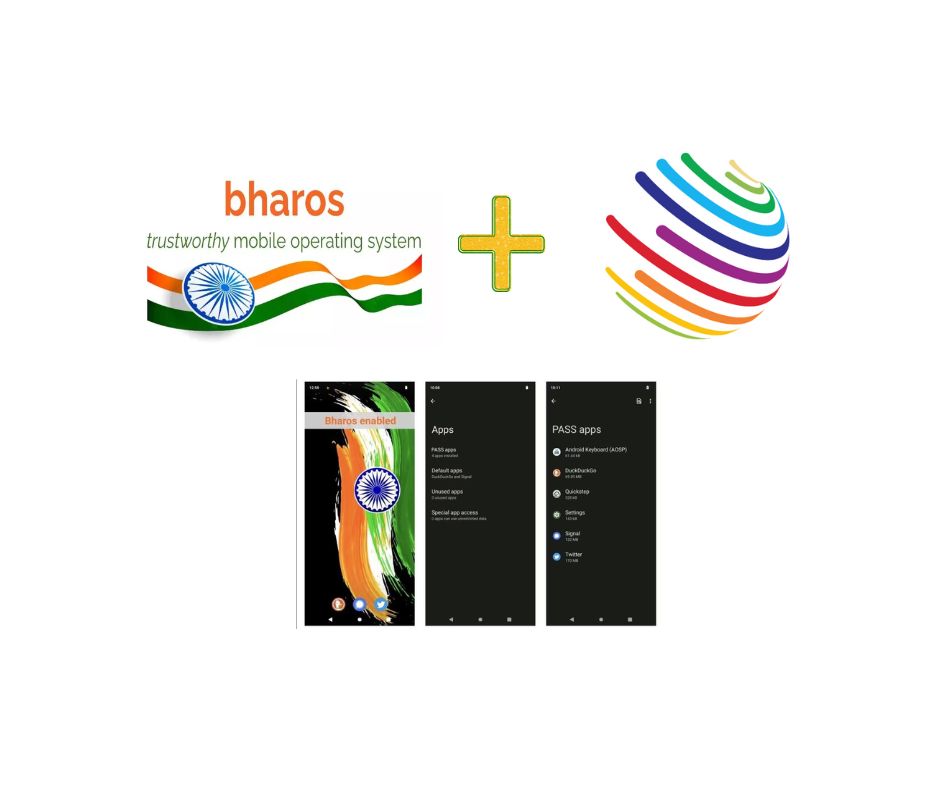OMH and BharOS: Bridging Paths Toward Mobile Innovation
December 11 2023
In the fast-evolving landscape of mobile technology, India stands as a significant player, housing nearly a third of the world’s smartphone users. Amidst this digital boom, an intriguing development took shape—an Indian company quietly crafting a mobile operating system, catching the eye of a government agency.
The covert project remained under wraps until a solitary tweet propelled the company into the spotlight, forcing an impromptu press conference that sent shockwaves through the industry.
Karthik Ayyar, the mastermind behind this project named BharOS, recalls, “People really did get excited, and they still do. Within a week, I started getting calls from all over the world.”
The news sparked excitement among Indian citizens—a novel prospect beyond the realms of iOS and Google, offering a shield for personal data, a priority for the government’s digital ID initiatives.
Enter BharOS—an indigenous, open-source mobile operating system, a brainchild of the non-profit JandK Operations Private Limited, incubated at IIT-Madras and backed by the Indian government. Their mission? Reducing dependence on foreign operating systems in cell phones.
BharOS is built on a foundation of trust, with a focus on providing users more freedom, control, and flexibility to choose and use only the apps that fit their needs - it does not come with pre-installed apps. This innovative system promises to revolutionize the way users think about security and privacy on their mobile devices. It provides access to trusted apps via organization-specific Private App Store Services (PASS), which is a list of curated apps that meet security and privacy standards. Some examples of PASS include Microsoft Store for Business, Enterprise App Stores and Government Agency App Stores. Security updates and bug fixes will be automatically installed rather than users having to manually check for updates and install them.
Currently residing in refurbished Android smartphones, BharOS aims to serve sectors like finance, government, and the military—sectors that demand stringent data protection.

#Ayyar calls BharOS “a Linux distribution with Android app compatibility.” After his team made significant changes to the lower levels of the stack, he considers it a fork of Android.
The blueprint? No GMS, no Google Play, no default apps. Instead, BharOS boasts an exclusive haven—the Private App Store Services, a sanctuary for rigorously screened apps.
Corporations and government bodies worldwide are eyeing this OS with curiosity. The challenge lies in bringing consumer phones to market—a classic dilemma in launching any new ecosystem.
Enter Open Mobile Hub (OMH): A Synergistic Alliance
As BharOS charts its path to redefining mobile security and user-centric experiences, the stage is set for a revolutionary collaboration. Open Mobile Hub (OMH), our versatile platform designed to streamline app development and foster a unified mobile ecosystem, emerges as the perfect companion to BharOS’s aspirations.

BharOS and OMH coming together represents an exciting future where these two innovative players combine their strengths to create a new era in mobile technology. We see this partnership as a powerful force that can open endless opportunities.
A collaboration like this would signify a union where BharOS merges seamlessly with OMH’s adaptable toolkit, opening doors to an array of innovative applications and a more inclusive ecosystem.
This integration would signal a new era of cross-platform development. Developers would be able to harness OMH’s agile capabilities to craft applications transcending operating system barriers, ensuring a wider reach for BharOS-powered devices while maintaining uncompromising security standards.
Moreover, OMH’s plugin architecture harmonizes effortlessly with BharOS’s emphasis on flexibility. The ability to create swappable plugins using standardized APIs aligns perfectly with BharOS’s spirit of customization, catering to diverse user needs. One example of this integration would be to use the OMH storage plugin, where documents could be securely stored in alternative storage locations that meet relevant standards from BharOS’s customers.
As BharOS charts its journey towards consumer phones, a collaboration with OMH would signal a promising future—an alliance committed to redefining mobile experiences by offering a secure, versatile, and boundary-pushing ecosystem.

We will continue our stories of potential synergies in future articles. Come back in the next weeks to find out about new interesting opportunities where OMH is a fit with other interesting technologies, where working together we could achieve our vision of an open mobile ecosystem.
We invite you to learn more about BharOS and let us know what you think about this integration opportunity. We welcome your ideas and feeback on potential use cases for OMH and BharOS.
Thank you for reading this OMH SDK article! We hope that you are enjoying these series and learning new things. We are open to any open-source contributors of this project, please contact us at contact@openmobilehub.com if you are interested in learning more! For more insights into the philosophy behind OMH, visit our official website and our GitHub Repo:
https://developer.openmobilehub.com/
https://github.com/openmobilehub
Reference: A New Direction In The Mobile Industry - Linux Foundation

 Open Mobile Hub
Open Mobile Hub


